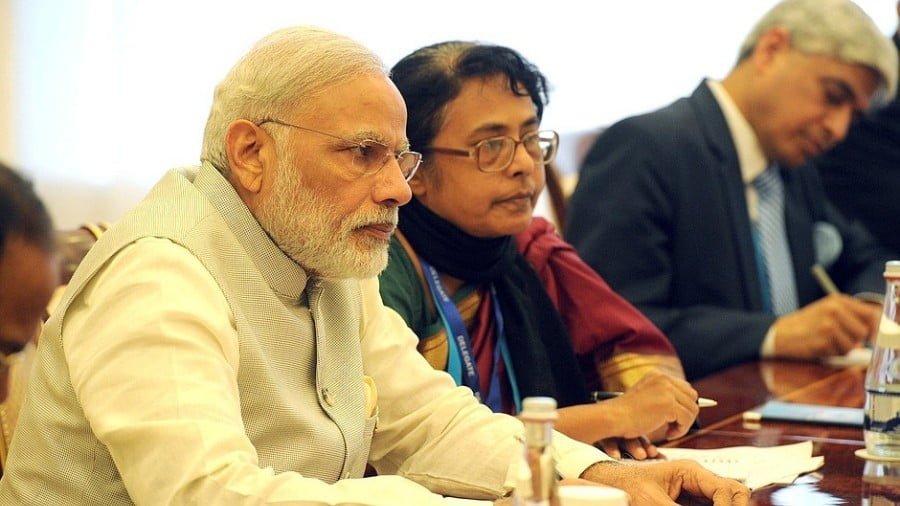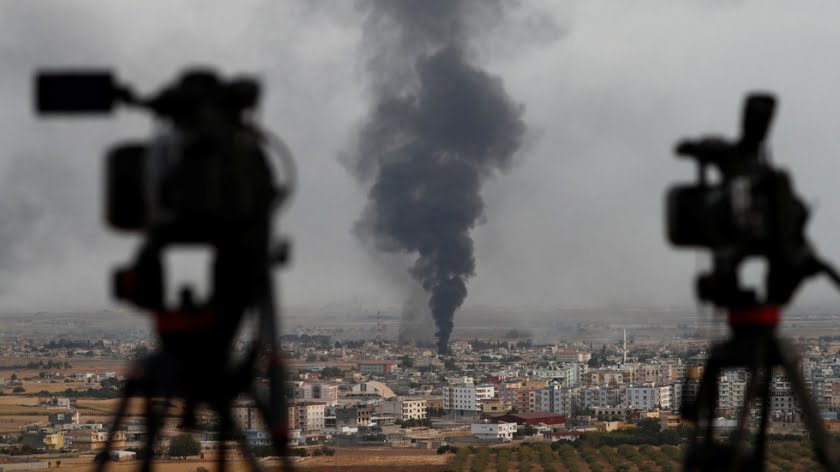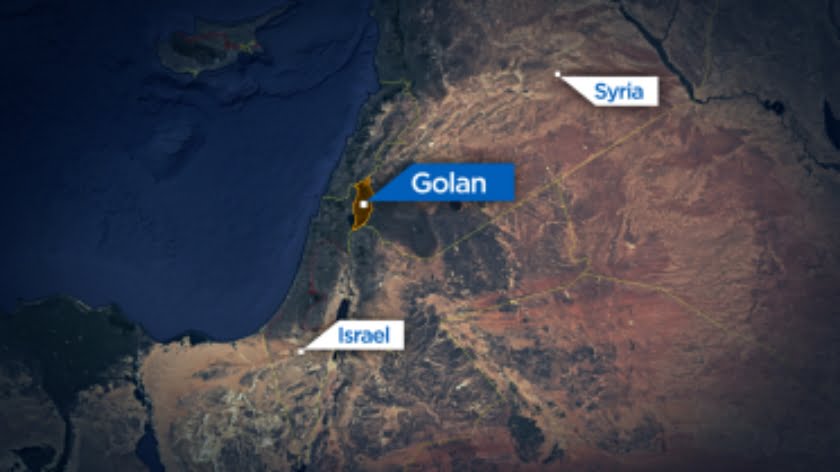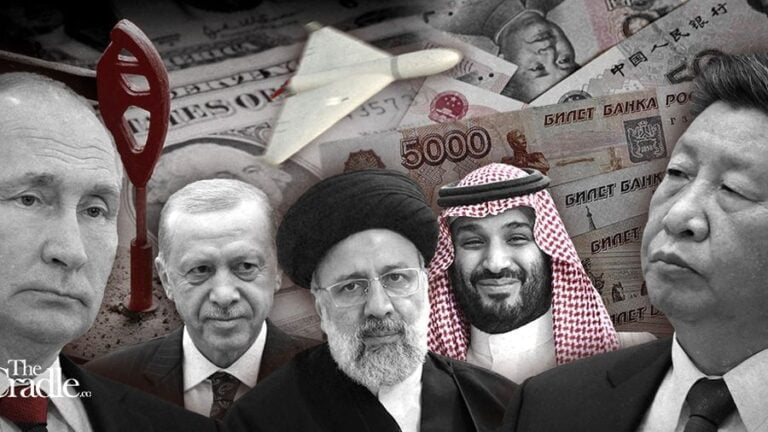Nepal Is Teaching India a Lesson by Keeping BIMSTEC in Check
In a modern-day geopolitical example of David versus Goliath, tiny Nepal is tacitly teaching the world’s second-most-populous country a lesson by refraining from this week’s BIMSTEC (The Bay of Bengal Initiative for Multi-Sectoral Technical and Economic Cooperation) multilateral military drills in India, which sends the Great Power the important message that it shouldn’t exploit regional integrational organizations as hegemonic platforms like it earlier did with SAARC (South Asian Association for Regional Cooperation).
The Indian press is furious that Nepal, a decades-long de-facto vassal state of the South Asian giant until just recently, declined to participate in this week’s BIMSTEC multilateral military drills in Pune, with New Delhi even officially chiming in by saying that Kathmandu’s excuse that internal political pressure is the reason for this move is “not convincing”. This could be interpreted as India hinting that it thinks that the new Chinese-friendly communist government’s partners in Beijing are the real reason why Nepal refused to join in these exercises. Speculatively speaking, Nepal likely included its fast-growing and full-spectrum strategic partnership with China in its calculations when making this decision, but it’s unlikely that Beijing ordered Kathmandu to pull out of the event like how New Delhi is implying.
The Long Shadow Of SAARC & The Blockade That Backfired
It might seem like a long time ago given all that’s transpired since then, but it’s been almost exactly two years since India split up SAARC and brought the New Cold War to South Asia by basically destroying the bloc in a half-baked attempt to somehow “isolate” rival Pakistan, a gambit that disastrously backfired after seeing how successful Islamabad’s rapprochement with Moscow has been in the period afterwards. Nevertheless, New Delhi’s destabilizing actions shook South Asia to its core because it showed the region that India was no longer shy about being the neighborhood bully, possibly influenced to behave in this manner by its new American ally. This wasn’t the first time in recent years that India tried and failed to flex its hegemonic muscles because it was just about a year prior to that in September 2015 that the country enacted an unofficial and ultimately unsuccessful blockade of Nepal.
India’s attempt to indirectly strong-arm Nepal into capitulating to its demands that it revise its new constitution in order to allow the Indian-friendly southern Madhesi borderland population to de-facto become the country’s permanent kingmakers backfired miserably by providing China with the perfect opportunity to swoop to the rescue of the beleaguered landlocked state and open up strategic channels of dialogue that eventually led to Beijing’s current successes in Nepal. To explain, China agreed to build a railway into the country, open up its land ports to trade with it (thus allowing Nepal to break the commercial monopoly that India previously had over it), and hold military drills later this month. It’s no wonder then that India suspects that a Chinese conspiracy is behind Nepal’s decision to sit out on this week’s BIMSTEC exercises.
Nepal’s Chinese-Influenced Win-Win Vision
That’s actually not the case, however, but convincing itself that it is will only lead to India overreacting just like it did three years ago and possibly undertaking HybridWar measures against Nepal that are bound to only backfire by accelerating its target’s strategic relations with China. It’s been widely framed in the Indian press that Nepal is “pivoting away” from China, but it’s actually just rebalancing its relations with India per the latter’s famous policy of “multi-alignment”, but the “zero-sum” perspective through which this is understood in India leads to New Delhi misjudging Kathmandu’s intentions. All of this is related to Nepal’s refusal to participate in the BIMSTEC drills because it doesn’t want India to take the bloc for granted like it did with SAARC and start using it as a platform for its regional hegemonic aspirations.
Ideally, Nepal would like to function as the bridge connecting China and India together and serving as the physical embodiment of a game-changing Great Power rapprochement between them that would solidly strengthen the emerging Multipolar World Order, though the reality of the situation is that this will probably not happen so long as the BJP continues to rule in India because of their American-influenced “zero-sum” interpretation of the latest events. Instead of getting the message that its neighbor is sending it and taking the time to reflect upon the lessons that it should have learned from the SAARC debacle two years ago, India is seeing the evolving situation as a strategic threat orchestrated by its Chinese rival and designed to hamstring its leadership ambitions. This understanding might in turn drive India to undertake more counterproductive actions against its neighbor.
India’s American-Backed “Zero-Sum” Game
There’s a very real risk that India might once again overreact to what’s happening, encouraged as it is by its new American ally, and either order another informal blockade or even go as far as unexpectedly scrapping the 1950 Indo-Nepal Treaty of Peace and Friendship that created the free trade area between these two countries and has become the basis of the landlocked state’s comprehensive stability. Like it was written earlier, any move in this direction is bound to backfire against India, but New Delhi might rationalize the anticipated blowback as acceptable “collateral damage” in order to “safeguard its interests” by removing an institutional loophole that could hypothetically allow China to quietly export potentially unlimited goods into the country after taking advantage of the terms of this agreement just like it’s suspected of doing to the US vis-à-vis NAFTA.
Apart from its very loud opposition to CPEC on the grounds that this megaproject crosses through territory that New Delhi claims as its own per its maximalist approach to the Kashmir Conflict, India is firmly against China’s One Belt One Road (OBOR) global vision of New Silk Road connectivity on the basis that it could flood its domestic marketplace with Chinese goods and therefore undermine its domestic producers. Bearing this in mind, it’s predicted that India won’t tolerate China entering its market through the Nepali “backdoor”, and while this issue could potentially be addressed per a future revamp of the 1950 treaty, there’s no guarantee that progress will be made in this respect and India won’t instead decide to just scrap the agreement completely in a malicious attempt to teach Nepal its own “lesson” for refusing to submit to its hegemony.
Concluding Thoughts
The Indian press has waged infowars against Nepal before, and especially its once-again Prime Minister Oli, but this time everything feels a bit different because of just how slighted India is after Nepal refused to participate in what was supposed to have otherwise been very highly publicized BIMSTEC multilateral military drills. Instead of the Bollywood-like celebratory event of grandeur that these exercises were originally planned to be for marking yet another milestone in what the global audience has been conditioned to believe is India’s “global rise”, they’ve instead turned into a functionally irrelevant event that isn’t even really being covered much by anyone apart from Indian media after David stood up to Goliath and exposed the hegemonic scheme that New Delhi plotted to turn everything into. Far from something to be proud of, these drills have now turned into an unprecedented embarrassment that India is desperate to blame on China.
It didn’t have to be this way, though, because India could have responsibly learned its lesson from SAARC two years ago and not tried to turn yet another regional integrational platform into a Hybrid War weapon against a rival Great Power, this time China, or it could have at least listened to the message that Nepal was sending it and reconsidered its hegemonic ambitions in South Asia. Pressed on by the US and influenced by the strategic delusions that can only come from strictly enforced groupthink at the highest levels of its leadership, India instead saw a serious threat where none existed and promptly began hinting at a Chinese conspiracy, one which could be manipulated by the Indian media as an excuse for why their country “lost Nepal”. Given this dynamic, it appears inevitable that the 1950 Indo-Nepal Treaty of Peace and Friendship will be radically renegotiated or outright scrapped and that India’s “zero-sum” nightmare will eventually come true.







